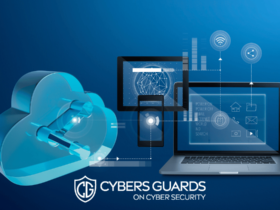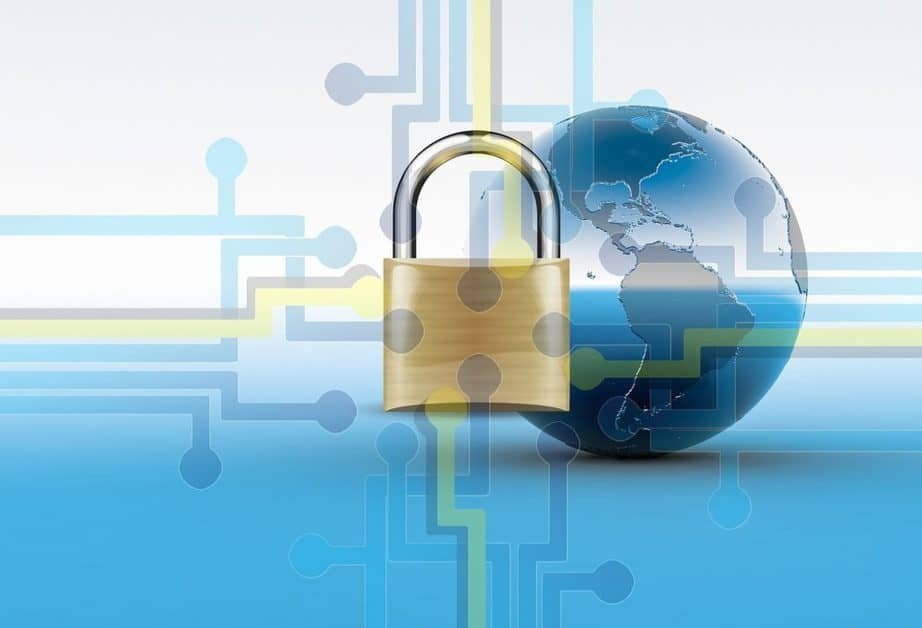Imagine waking up one day to find that all your important files and documents have been locked by a mysterious hacker who demands a hefty ransom in exchange for their release. This is the nightmare scenario of ransomware, a type of malware that has become increasingly common in recent years. But is ransomware considered a data breach? In this blog post, we’ll explore the difference between these two cyber threats and provide tips on how to prevent them from happening to you or your business. So grab a cup of coffee, sit back, and let’s dive into the world of cybersecurity!
What is ransomware?
Ransomware is a type of malware that holds your data hostage until you pay a ransom to the attacker. It usually spreads through phishing emails, malicious ads or downloads, and can infect both personal and business devices. Once it infiltrates your system, it encrypts all your important files and demands payment in exchange for the decryption key. The ransom can range from hundreds to thousands of dollars, depending on the severity of the attack.
The impact of ransomware can be devastating for individuals and organizations alike. The loss of sensitive data such as financial records, customer information or intellectual property can result in reputational damage, legal consequences and financial losses.
Cybercriminals often use social engineering tactics to trick victims into clicking on infected links or downloading booby-trapped attachments. They may also exploit known vulnerabilities in software or operating systems to gain access to networks undetected.
In recent years, there has been a surge in sophisticated ransomware attacks that target high-value targets such as hospitals, government agencies and large corporations. These attacks are often carried out by well-funded criminal groups who demand exorbitant ransoms with no guarantee of restoring access to the encrypted data.
Protecting yourself against ransomware requires a combination of proactive measures such as keeping your software up-to-date, using strong passwords and two-factor authentication, backing up your files regularly offline or offsite storage locations like cloud services which will help mitigate any risk associated with an attack
What is a data breach?
A data breach refers to an event in which sensitive or confidential information is accessed, stolen, or distributed by unauthorized individuals. This can include personal identifiable information (PII), financial records, health records, and other types of sensitive data.
Data breaches can occur through various means such as hacking into a company’s computer network or stealing physical devices like laptops, smartphones, and USB drives containing confidential information. Cybercriminals can also use phishing emails to trick employees into providing login credentials that allow them access to the corporate network.
The consequences of a data breach are often severe for both individuals and organizations. Individuals may suffer identity theft and financial losses while companies could face lawsuits from customers whose data was exposed in the breach. Moreover, companies may lose their reputation leading to loss of clients over time.
To prevent data breaches from happening, it’s essential that individuals and organizations take proactive steps towards cybersecurity measures such as implementing strong password policies; using multi-factor authentication; regularly updating software patches; encrypting sensitive files; conducting regular security audits/ assessments etcetera.
The difference between ransomware and a data breach
While ransomware and data breaches are both cyber threats, they differ in their methods of attack and the consequences that follow.
Ransomware is a type of malware that encrypts a victim’s files or system until a ransom is paid to unlock it. It essentially holds valuable data hostage for financial gain. In contrast, a data breach occurs when an unauthorized person gains access to sensitive information without permission.
One significant difference between the two is the intent behind them. Ransomware attacks are primarily financially motivated, while data breaches can have various purposes such as identity theft or corporate espionage.
Another crucial difference lies in how they affect businesses and individuals. A successful ransomware attack can cripple an organization’s operations by making files inaccessible; on the other hand, if personal information gets exposed during a breach, it may lead to reputational damage and legal ramifications.
While both ransomware and data breaches pose severe threats to cybersecurity, understanding their differences can help organizations take proactive measures in preventing them from happening in the first place.
How to prevent ransomware and data breaches
Preventing ransomware and data breaches is crucial for protecting sensitive information. Here are some steps you can take to minimize the risk of an attack:
1. Keep Your Software Up-to-Date: One of the easiest ways hackers exploit a system is by finding outdated software with vulnerabilities. Always make sure your operating system, applications, and plugins are up-to-date.
2. Use Antivirus Software: Antivirus software can detect and remove malicious programs that could potentially harm your computer or network.
3. Enable Two-Factor Authentication: Two-factor authentication adds an extra layer of security by requiring users to provide two forms of identification before accessing their accounts.
4. Educate Employees: Train your employees on how to recognize phishing emails or suspicious links and attachments in emails from unknown senders.
5. Backup Your Data Regularly: Consider setting up automatic backups to protect important files in case there’s a breach or unexpected hardware failure.
By following these simple steps, you’ll be one step closer to preventing ransomware attacks and data breaches from happening within your business or personal life.
Conclusion
To summarize, ransomware and data breaches are two distinct cyber threats that organizations face. While a data breach involves unauthorized access to sensitive information, ransomware seeks to encrypt an organization’s files until a ransom is paid.
Both types of attacks can have severe consequences for businesses and individuals alike. Not only can they result in financial losses, but they can also damage the reputation of an organization.
The good news is that there are steps you can take to prevent both types of attacks. Implementing robust security measures such as firewalls, antivirus software, and regular backups will help protect your organization from these threats.
Additionally, educating employees about cybersecurity best practices such as avoiding suspicious emails or links and regularly updating passwords will go a long way towards keeping your organization safe.
In conclusion (just kidding!), staying vigilant and proactive when it comes to cybersecurity is crucial in today’s digital landscape. By taking the necessary precautions against ransomware and data breaches, you’ll be able to safeguard your business from potential harm while maintaining trust with customers and stakeholders.











FIND US ON SOCIALS